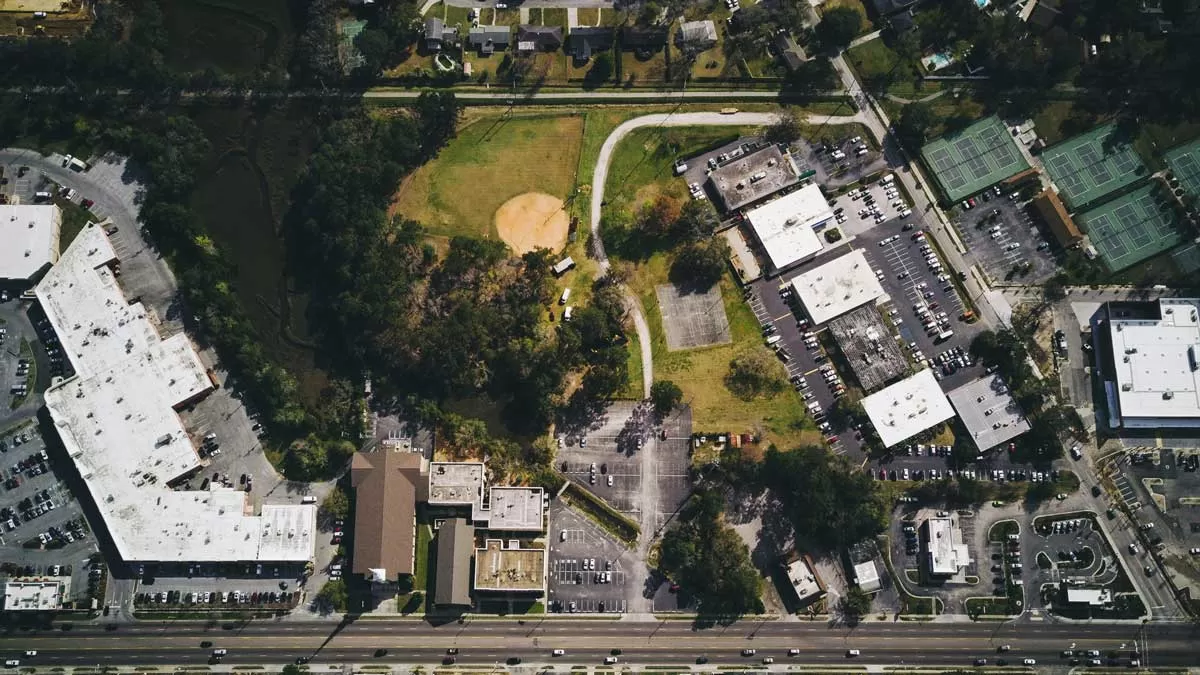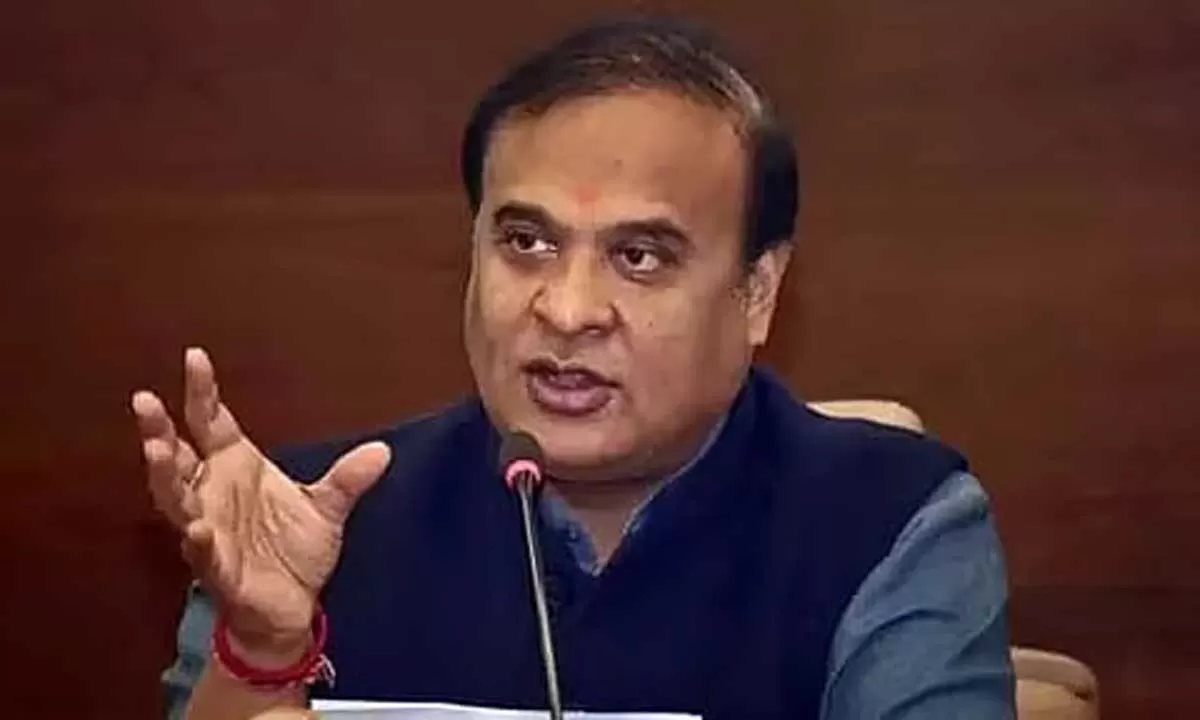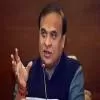In the 38 years of my career as a civil servant, I can safely say that apart from the period spent with Kalyan Sigh when he was the Chief Minister in UP during 1991-92, 2014-16 was the golden period in terms of governance. This was also the toughest one for me because of the assignment as Secretary, Coal. What helped was the clarity of purpose at the highest level.I distinctly remember the first meeting that I attended at the residence of the Prime Minister. A presentation was made by the Power Secretary in the presence of a few Cabinet Ministers and Secretaries. In the presentation, most of the problems in the energy sector were attributed to coal.Not very surprisingly, the PM turned toward me and said, “Anil, you set the coal sector right, the economy will boom.” Despite having taken over as Coal Secretary recently, I had some idea about both the sectors in my capacity as Chairman of the Project Monitoring Group (PMG) in the Cabinet Secretariat.I responded by saying, “Sir, I agree with you that there are problems with the coal sector but to hold the coal sector responsible for all the problems of the energy sector may not be appropriate. We may perhaps consider looking at the energy sector in a comprehensive manner as there are factors beyond coal that afflict it.”The PM heard me out, nodded his head in agreement and turned towards Piyush Goyal who held the charge of both Power and Coal and told him that a comprehensive view may be taken. The approach of the PM and the PMO enabled coal sector to come out of the mess that it was in. Incidentally, as the coal sector recovered, the power sector continued to be in trouble, as did the economy.Narendra Modi did something that had never been done before. He got the Secretaries to come together in informal settings to discuss a variety of issues. He had correctly diagnosed that the Ministries existed in silos and these needed to be broken. It worked. Secretaries got together and found solutions to many vexed issues that confronted the government. These informal Groups of Secretaries made presentations before the PM in the presence of all Cabinet colleagues. There was positive energy all around.The quarterly interaction initiated by Narendra Modi with the Secretaries over a cup of tea (and much more) was unique. It was an occasion to present our ideas freely and frankly.The Ministers were on their toes as Departmental programmes were reviewed with intensity as never before. However, there was a lot of freedom to air one’s views. I distinctly remember one Cabinet Minister bluntly saying that the files were pending at the PMO that left the Principal Secretary squirming. No one mistook such comments or so it appeared.I was once asked about the feedback about the PMO by the Principal Secretary. He, like the PM, wanted genuine feedback, was willing to listen and make amends.It was a period when honesty and efficiency, and not pliability and allegiance, were the prime criterion for selection to senior positions in the government.The government got moving and delivered in the aforementioned environment. But then, what went wrong?In my understanding, the 8 pm announcement on November 8, 2016, changed it. The objective behind demonetisation was laudable. I have written in my book, “Ethical Dilemmas of a Civil Servant” about the rumors about one of the state Chief Ministers piling up a lot of cash and transporting it in trunks to a safe house in Delhi. I was personally very happy that such people would be the biggest losers.However, the manner in which it got implemented left everyone aghast. It was believed that BJP may have to pay a price in the forthcoming crucial election in UP. However, contrary to the projections by “pundits”, BJP swept the polls. It was, so to say, a vindication of demonetisation, a move that had impacted the economy adversely.Implementation of GST was long overdue. It was an eminently desirable move. Thanks to the accomplished strategist, Late Arun Jaitley, States were be taken on board. However, the technology infrastructure to roll it out wasn’t ready when a decision to implement it was taken. This led to much more exaggerated teething troubles than originally envisaged. All this did not make any difference in the ensuing elections. NDA continued to sweep polls even though there was a mild setback in some states.The environment had undergone a change. The last “tea” session of the Secretaries with the PM that I attended epitomised the mood. As per the drill, it was the Cabinet Secretary who made the opening remarks. This was followed by an open session wherein the Secretaries gave their suggestion. Finally, the PM made the concluding speech.As mentioned earlier, this was a unique way of ascertaining opinions and suggestions. It had worked very well so far. However, on this day, after the Cabinet Secretary spoke, there were no comments/observations from Secretaries for a couple of minutes after the Cabinet Secretary had concluded. There was an unusual silence, reflecting a change in the environment. The PM had to himself stand up and ask the Secretaries to speak. Thereafter some Secretaries did speak but the cat was out of the bag. The “free” communication channel appeared to have been frozen.The Government was still doing extremely well on many fronts like rural housing, rural electrification, cooking gas and swachhata abhiyan. This was paying political dividends. The Government was appropriately taking credit for all that was happening.Unfortunately, it was also taking credit for what it hadn’t really done.I remember the Independence Day speech where amongst the many not-so-correct claims by the PM was the claim related to setting up of Project Monitoring Group (PMG) by the NDA government. As I had set up the PMG during the tenure of the previous government, I wondered whether there was a need to make such and many other “incorrect” claims when the government could legitimately claim to have done so very well on many fronts.The focus now was on roadshows to show and bedazzle the audience with glitter. The economy was not growing at the rate it should have. In fact, from 2016 onwards the rate of increase in the growth GDP started coming down and kept that way till COVID struck and the GDP nose-dived.The unemployment rate also took an alarming downturn. The political victories enabled the ruling dispensation to push economic issues under the carpet. It is natural for human beings and institutions to make mistakes. However, the inability to recognise and accept ground reality can have devastating consequences. When everyone is busy only praising and there is no “nindak” (critic) around, trouble is round the corner. The havoc caused by the second COVID wave is a consequence of this mindset.It is difficult to imagine that even when the writing was on the wall, political leaders were busy in election rallies that were inadvisable. What was worse was the advertisement relating to religious congregations, inviting people to such congregations when it should have been exactly the other way around.Credit was being cornered for handling the COVID crisis and appearing as savior of the world when the second wave was lurking around. Hubris didn’t matter in political battles. Perhaps it helped. However, it has proved devastating in the context of the present crisis. The country is now paying a heavy price.Author: Anil Swarup has served as the head of the Project Monitoring Group, which is currently under the Prime Minister’s Office. He has also served as Secretary, Ministry of Coal, and Secretary, Ministry of School Education.


















